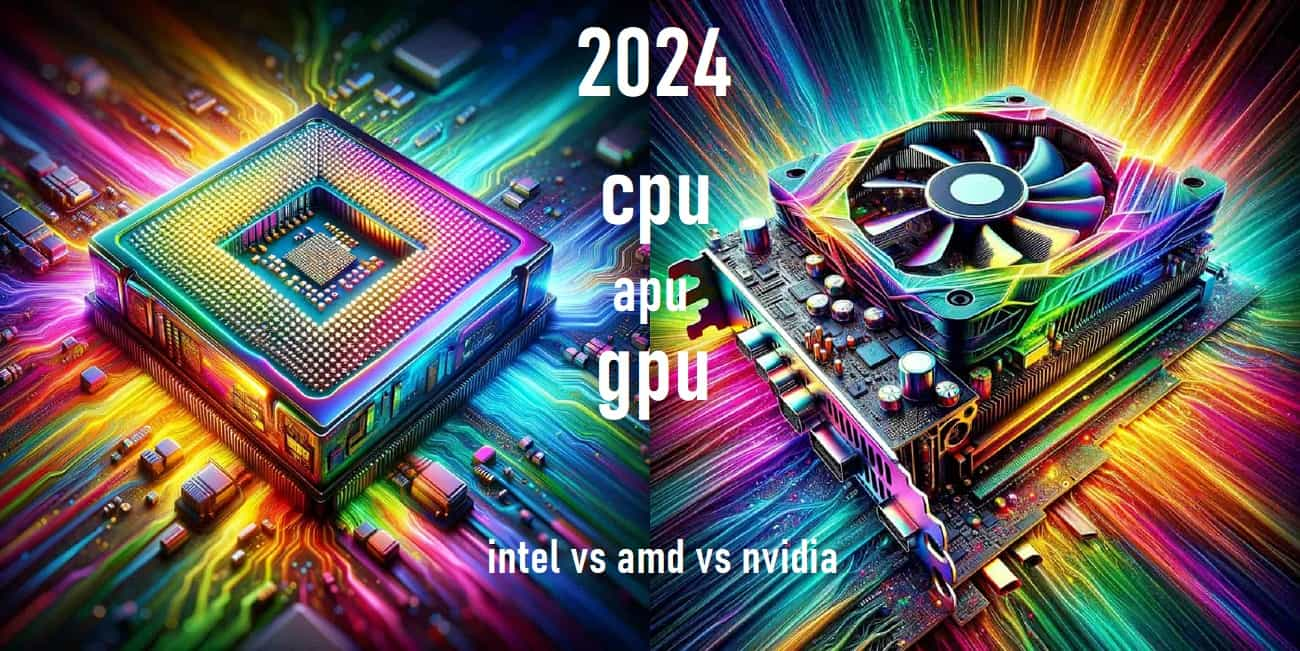After a tumultuous start, Intel’s Arc GPUs have undergone significant changes, both in terms of performance and user experience. As we delve into the current state of Intel Arc in 2024, it’s crucial to assess its value, strengths, and the challenges that persist.
Gaming Performance: Peaks and Valleys
The gaming performance of Intel Arc cards showcases a dynamic range. There are instances where these GPUs shine, impressing with their capability to compete with AMD and, in some scenarios, outclassing them. This marks a stark contrast to the initial launch when several games were plagued with issues, rendering them unplayable. However, the recent tests indicate a positive shift.
The once broken and stuttering experiences have been addressed, with Intel making strides in resolving driver-related problems. The performance improvements are notable, aligning with the trend we observed in recent driver updates. It’s important to acknowledge that while the performance can be exceptional, there are still instances where the Arc GPUs struggle, albeit far less frequently than before.
Power Consumption: A Point of Concern
In the realm of power consumption, Intel’s Arc cards face some challenges. Idle power consumption remains relatively high, as highlighted in recent discussions and driver update analyses. Under load, Intel lags behind Nvidia in terms of efficiency, emphasizing the need for prioritization in Intel’s GPU development roadmap.
For GPU manufacturers in Intel’s position – new to the market and competing against established players – addressing performance concerns should take precedence. The challenge lies in striking a balance between efficiency and raw power, ensuring that the GPUs not only run games but do so seamlessly without significant drawbacks.
Software and Drivers: A Work in Progress
Intel’s Arc drivers have undergone substantial improvements, as evident from recent deep dives and revisit analyses conducted over the past year. The software suite has evolved, moving past initial blurring, artifacting, and crashing issues. The length of the driver patch notes reflects an active effort to enhance usability and performance.
However, the journey is ongoing, and the emphasis on continuous improvement is essential. The recent layoffs at Intel raise concerns, but it’s crucial for the company to maintain focus on driver development, a critical aspect of ensuring a positive user experience.
Value Proposition: Navigating the Price-Performance Landscape
When Intel Arc works, it does so exceptionally well, offering a compelling value proposition. The once formidable competitor for AMD is now making strides towards being a viable option for a broader audience. The line between hardcore enthusiasts and mainstream users is slowly blurring, with Intel Arc positioning itself as an option for those with a moderate level of patience and troubleshooting capabilities.
The pricing of the Intel Arc GPUs, particularly the A750, makes them attractive in the sub-$300 segment. As the A750 drops below $300, it puts pressure on competing models like the 4060 and 7600 XT. While Intel Arc still faces occasional performance issues, the frequency has significantly reduced, making it a more feasible choice for users willing to navigate occasional hiccups for the sake of overall value.
Ray Tracing: Competitive, But Room for Growth
In the realm of ray tracing (RT), Intel is competitive with AMD and occasionally outperforms it in certain scenarios. However, Nvidia maintains significant advantages, especially in RT-heavy titles like Cyberpunk. The fact that Intel is competing on par with or even surpassing AMD in some instances showcases the progress made, but there’s room for growth, particularly against Nvidia’s RT prowess.
Conclusion: A Positive Trajectory with Caveats
In conclusion, Intel Arc in 2024 is on a positive trajectory. The performance improvements and value proposition make it a contender in a market dominated by established players. While challenges persist, the active efforts in driver development and the reduction in performance-related issues are promising signs.
For users willing to navigate occasional hurdles and prioritize value, Intel Arc becomes an increasingly attractive option. The caveat remains – there are still instances where the GPUs face challenges, and users should be aware of the occasional frustration that may accompany the otherwise commendable performance and value offered by Intel Arc in 2024. As the GPU landscape continues to evolve, Intel’s active participation adds an intriguing layer of competition, and the hope is that the upward trajectory seen in recent times will persist, further solidifying Intel’s position in the market.














